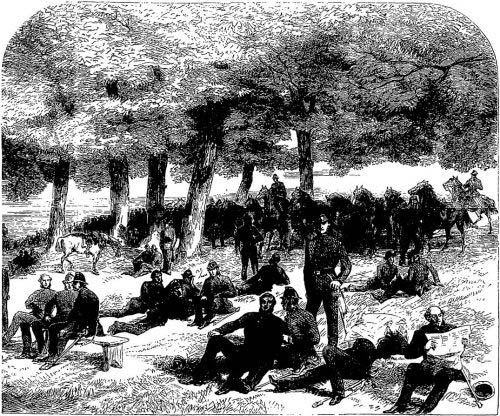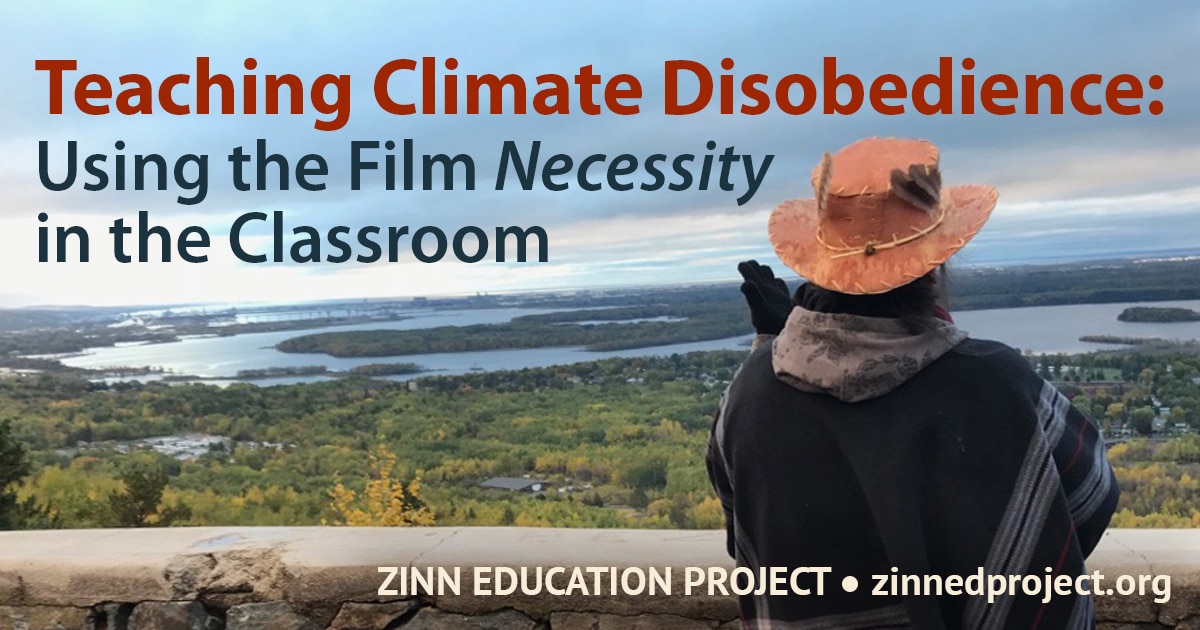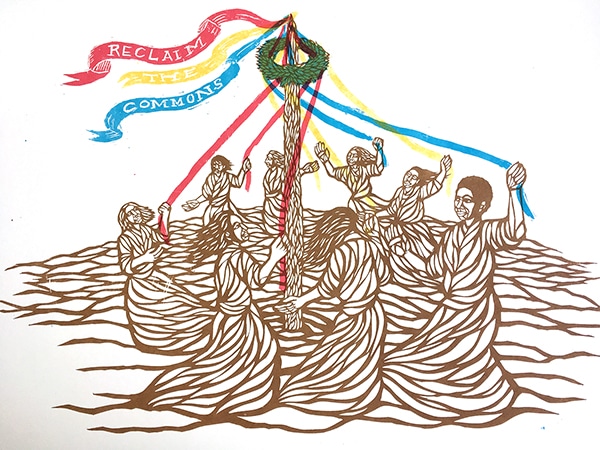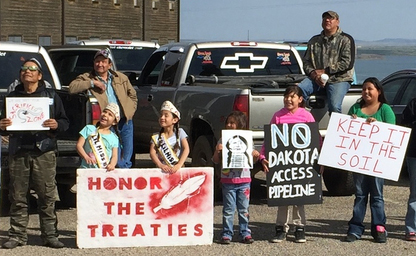In the mid-19th century, on the outskirts of London, the Wanstead Flats, part of the Forest of Essex or Epping Forest, were being bought up by wealthy landowners. While this forest belonged to the royal family, it had been used for various purposes by the public for quite some time. By 1871, local residents began to protest against this capitalist incursion on lands that residents had historically relied on, and especially around a fence that began to enclose Wanstead Flats.
According to the Wanstead Wildlife,
An advertisement with the headlines “Save The Forest” encouraged working men to “Attend by Thousands” an open air meeting on Wanstead Flats on Saturday, July 8th 1871 to “Protest against the Enclosures.” The meeting took place, but not initially on Wanstead Flats, where the Essex Volunteers were undertaking a review. The meeting was transferred to the grounds of West Ham Hall, a large house (once Hamfrith House) that stood on the site now occupied by Woodgrange School in Sebert Road. The force of feeling was so high that the meeting was adjourned to Wanstead Flats after all, with some thousands of people making their way there. Read more.

A flyer promoting the Wanstead Flats demonstration of 1871. Source: Layers of London
According to London Radical Histories, approximately 30,000 people attended this protest. In an account of the direct action of the day from The Weekly Graphic, London Radical Histories reports,
Should the Corporation gain the day, the free use of Wanstead Flats will have become secured to the East Londoners; but the conflict will be a long and costly one, for the encroachers instinctively scent the danger which awaits them, that they may not only be prevented from making further enclosures, but, also be compelled to give up some of the land of which they have been too easily allowed to acquire possession. Read more.

Police on Wanstead Flats, July 8, 1871. Source: London Radical Histories
Following the Wanstead Flats protests, locals opposed to land development continued to fight back, legally and otherwise. According to the article The Anniversary Of Saving Epping Forest by Mark Gorman,
Finally in 1878, the last of the Epping Forest Acts was passed and it was revolutionary. It was the first legal declaration of the right of the public at large to use an open space for leisure. This had implications not just for Epping Forest but for all threatened open spaces across the country. It is hard to argue with the conclusion of the great ecologist and historian Oliver Rackham that “the modern conservation movement began with the campaign for Epping Forest.”
The story of one hundred and fifty years ago is also today’s story, as struggles for open spaces continue, all too often against the very public bodies who should be their guardians. Indeed a warning from history is contained in a leaflet issued by a successful 1946 campaign against an attempt to build housing on Wanstead Flats by a local council. “Once done” it said, “it can never be undone, and history will condemn the folly of those who allowed it to happen.” Read more.
Additional Resources
Saving ‘the People’s Forest’ – A Forgotten Anniversary by Mark Gorman (Open Spaces Society)
150 Years Ago Today – The Story of the Wanstead Flats Landmark Demonstration (Open Spaces Society)
Watch the short video Saving the People’s Forest: Celebrating 150 Years below.










Twitter
Google plus
LinkedIn